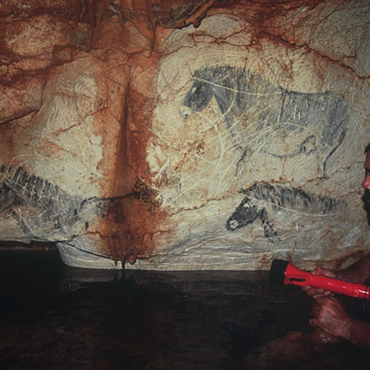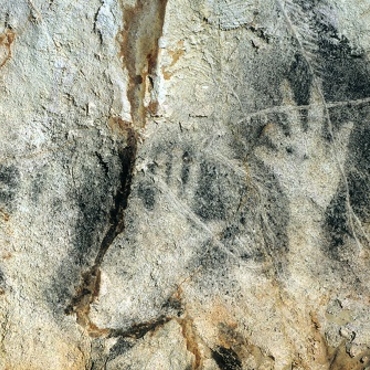
- Home
- Exploring the shoreline
- Caves and prehistory
- Cosquer cave
In 1991, Henri Cosquer reported the rupestrian art he had discovered six years earlier in a cave some thirty-seven metres under the Calanques massif between Marseilles and Cassis.
A unique cave
In the last ice age when the cave was inhabited, the level of the sea was 120 metres lower than it is today and the shore lay several kilometres seaward of the current coastline. Climate warming was responsible for submerging it some 10,000 years ago. The cave has been the subject of several studies to catalogue its features and determine its topography. It has also been photographed comprehensively. Today the cave is a protected historic monument which the public are forbidden to enter; however the real danger is the rising sea level which threatens to submerge it. Several projects to produce computer simulations of the Cosquer Cave are being considered. They would at least preserve for future generations a faithful copy of this incredibly rare piece of heritage created by the humans of the Palaeolithic.
Walls tell a story
Cosquer Cave is home to 500 paintings and engravings which were made during two distinct periods of occupation, the first 27,000 years ago and the last 19,000 years ago. Half of them depict animals drawn in bold lines, such as bison, antelopes, ibex, seals, auks and numerous horses.
The walls also feature 200 geometric designs. Except for an engraving showing a half-man, half-seal creature, the only human depictions are red or black hand stencils, some just outlines, others coloured in. Thumbs always seem to be shown intact, whereas other fingers are often missing or truncated. A computer analysis suggests these drawings are mostly of female hands.











